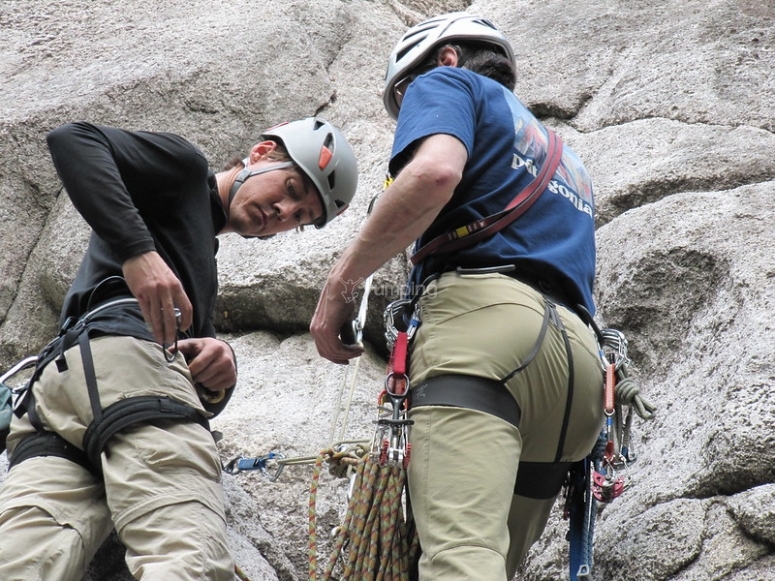One of the biggest developments has been to bring the rock to the people, in the form of city centre climbing walls. This opens up a whole new world to thrill seekers who aren’t lucky enough to live in the mountains - and their children. Climbing has a host of benefits for kids and teenagers. Keep reading to find out more and get some ideas for introducing your little ones to rock climbing.

Why should children take up climbing?
Physical benefits
We all know that children need stimulation and exercise to develop healthy bodies and minds. Climbing exercises the whole body from the core to the tips of the fingers and toes and allows kids to use their muscles without the risks of high-intensity training like weightlifting. In addition, it helps them improve coordination, timing and balance.
Mental Benefits
Physical benefits aside, climbing is great for the mental health of both children and adults. It’s a reward-based sport, in which reaching the top of a route releases endorphins that create a sense of achievement and wellbeing. If you don’t get to the top of a route, be patient. You might well get there on your next visit to the climbing wall! Problem solving skills are also boosted by climbing, as is self confidence. There’s nothing like looking back at a challenging route and saying “I got to the top of that all by myself.”

Should you choose an indoor or outdoor climbing wall?
Indoor walls
Climbing walls are usually large structures with the general shape of an undulating cliff face which is augmented by protruding volumes and holds for your hands and feet. Indoor and outdoor versions exist and offer different kinds of climbing to children. The indoor versions have the advantages of all-weather use and crash mats that cover almost every inch of the floor, making them very safe.
Outdoor walls
Outdoor walls can be much higher than indoor ones, which means they’re a better place to try roped climbing. Using ropes, as opposed to bouldering on lower walls, adds some extra elements to the experience. For one, with ropes, harnesses, carabiners and other gadgets, there’s more equipment to use. Secondly, teamwork can play a more important part if your child learns to belay. Finally, it’s more closely related to outdoor rock climbing, so it can be a fantastic gateway experience to this adventure sport.

Getting involved
Climbing clubs and lessons
Anyone who used to climb trees as a child knows that kids have an instinctive love for climbing. This primes them for having a go on a climbing wall and, more often than not, means that they love it straight away. You don’t have to be an expert climber yourself to get your children involved. There are many climbing walls, like this one in London, that run kids’ clubs. These are regular sessions where groups of youngsters enjoy climbing games and challenges with the guidance and supervision of trained instructors. Introductory lessons on a one-to-one or group basis are also on offer at locations around the country, including venues near excellent outdoor climbing areas such as the Lake District and Dartmoor.
As nature intended
If you are a climbing enthusiast yourself, just take your son or daughter along to your regular climbing wall or rock climbing gym and show them the ropes yourself. Many of these venues have dedicated areas for children with safety mats, child-sized holds and easy spacing from each one to the next.

Introducing your children to climbing is a way of giving them a gift that lasts a lifetime. It will improve their physical and mental health, give them a space for social interactions and open up a myriad of possibilities for adventure around the world. What are you waiting for?
















